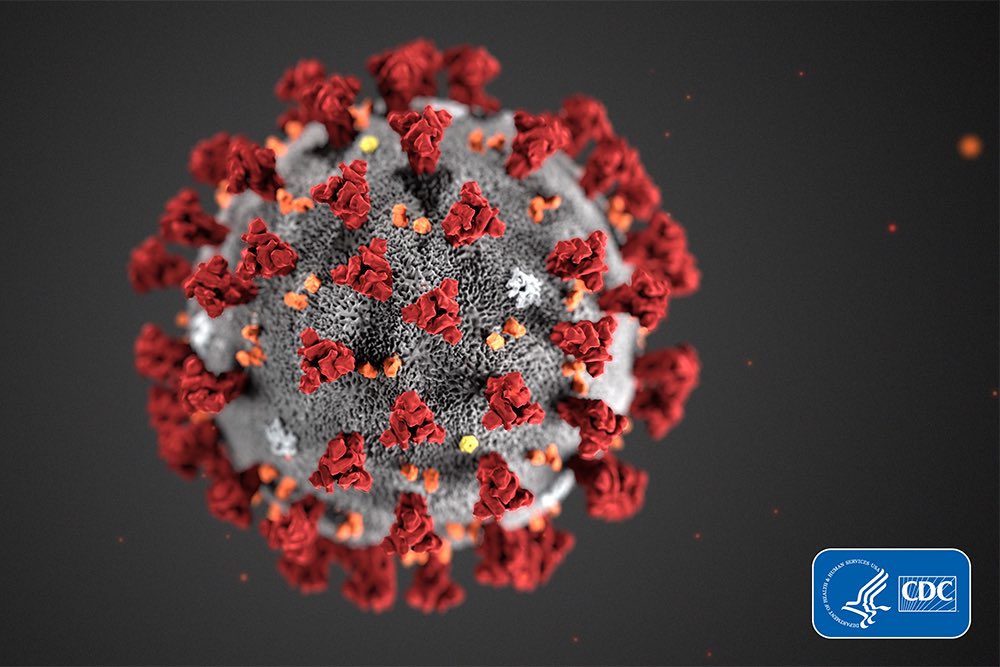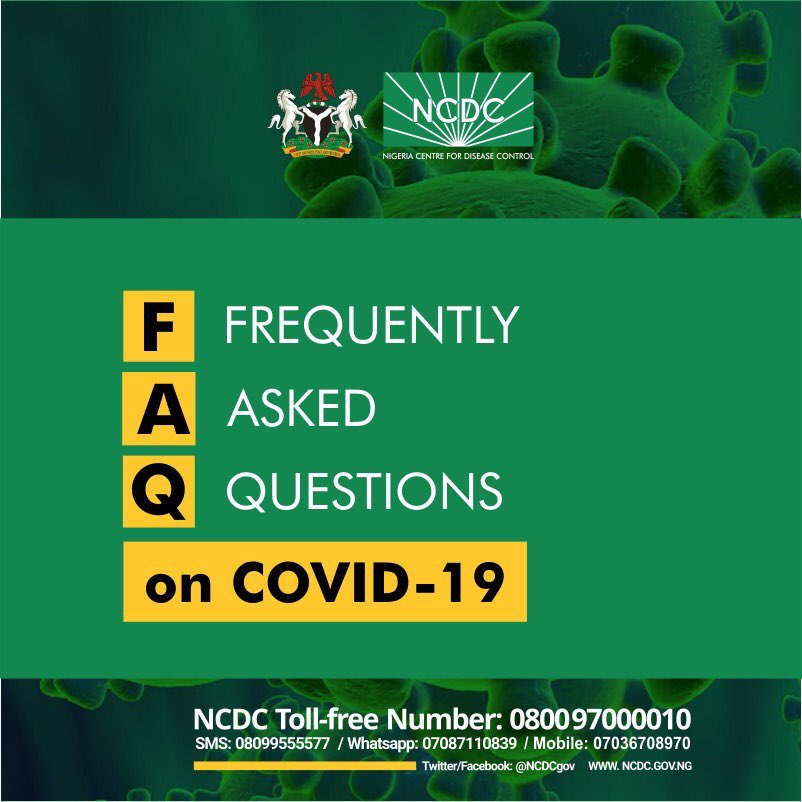Do we know that RDN would produce something similar to drugs? No, though we do get similar effects from non-pharmacological measures of blood pressure reduction so it seems likely that we would with RDN.
Keep Current with Andrew SP Sharp
This Thread may be Removed Anytime!
Twitter may remove this content at anytime, convert it as a PDF, save and print for later use!

1) Follow Thread Reader App on Twitter so you can easily mention us!
2) Go to a Twitter thread (series of Tweets by the same owner) and mention us with a keyword "unroll"
@threadreaderapp unroll
You can practice here first or read more on our help page!


